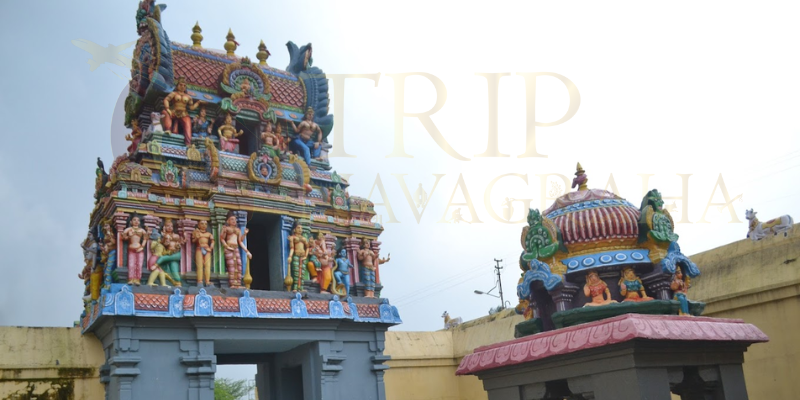
The Sri Uma Maheswarar Temple in Konerirajapuram is a remarkable example of Chola period architecture, known for its intricate vimana (temple tower) adorned with elaborate carvings and sculptures. The temple's unique Nataraja idol, created through a divine legend, and its finely carved mandapams (halls) supported by detailed pillars, exemplify the artistic excellence of the Chola dynasty. The temple also features vibrant bas-reliefs and paintings made from vegetable dyes. Additionally, it houses a collection of significant idols, including multiple Vinayakas and a rare white-clad Lord Saneeswarar. These features, along with the temple's serene ambiance, make it a significant site for both devotees and admirers of ancient Indian architecture
Nearest Bus Station: Koothanur Bus Stop
Nearest Railway Station: Mayiladuthurai Railway Station
Nearest Airport: Tiruchirapalli International Airport (Trichy)